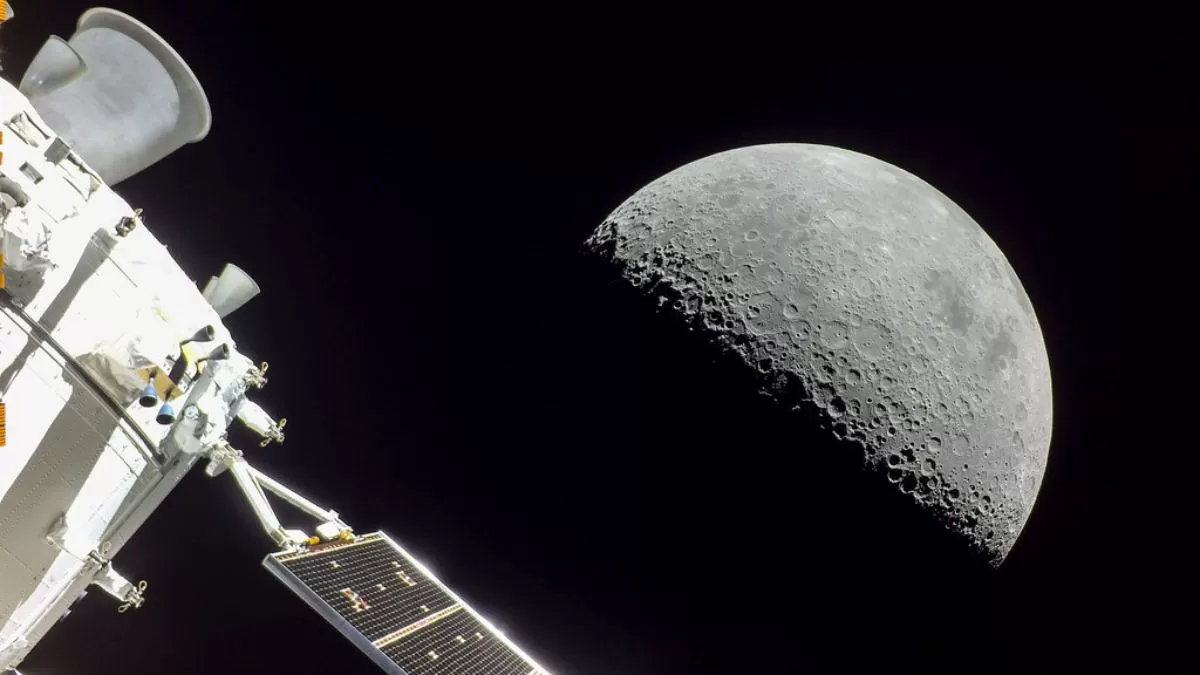Chandrayaan-3 created history by successfully landing on the moon. This historic move placed India in the category of countries that have safely landed a spacecraft on the surface of the Moon. However, after celebrating the success of the landing, it is also important to know what happened to the mission.
Currently, Chandrayaan-3 has been put on hibernation. This was done so that it could endure a 14-day lunar night, after which mission control would wake the spacecraft up again. However, whether the spacecraft will wake up again or not, ISRO is keeping its fingers crossed.
Mission objectives
Basic objectives are checked off the list. For about two weeks, the lander performed technology demonstrations. The focus of data collection was on the study of the lunar soil and its composition along the extremely thin lunar atmosphere.
The Chandrayaan-3 spacecraft successfully landed on the surface of the Moon on August 23. This safe landing made India the fourth such nation in the entire world to achieve victory in such a feat. Earlier such attempts were made by China, the United States and the Soviet Union. However, only China and India managed to successfully land on the moon.
ALSO READ: List of all the scientists behind the success of the historic Chandrayaan-3 mission
Temperatures on the Moon – Why are situations difficult for the rover and lander?
Temperatures around the moon’s poles can drop as low as -424°F, which is 20 K or -253°C. However, neither the Pragyan rover nor the Vikram lander are equipped with heaters. These heaters are normally used for missions to the moon.
Such heaters are radioisotope heating units (RHU). They passively radiate heat that keeps the hardware in the spacecraft at temperatures that support sustained operation. Typically, RHUs are made for use in space missions, as they convert heat into electricity from the heat produced by the natural decay of radioactive versions of polonium. Ultimately, this process heats up the spacecraft’s hardware, which is generally enough to help it survive extremely cold temperatures.
However, since there are no such power systems, the question is whether Pragyan and Vikram Chandrayaan-3 have a chance of surviving on the Moon or not.
Chances of survival
Since the 1970s, RHUs have been built for use in lunar landing missions. ISRO has not yet explained why it did not use such radioisotope heaters for Pragyan rover and Vikram lander. However, the robotic duo successfully checked out some targets in an area of the moon that effectively became a place for space exploration. This was done with the help of a reservoir of frozen water. In fact, the duo was the first to land there successfully.
The lander also jumped onto the surface of the Moon, which actually exceeded the mission’s goals. The rover’s batteries were fully charged before it was put into sleep mode to prepare the robotic duo for the first lunar night, according to ISRO on X (formerly Twitter).
ALSO READ: What scientific instruments were used in Chandrayaan-3?
ALSO READ: How much did ISRO spend on Chandrayaan 3 India’s lunar mission? Check the price here
Categories: Trends
Source: vcmp.edu.vn
